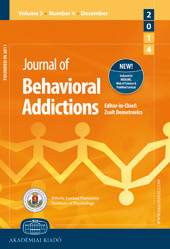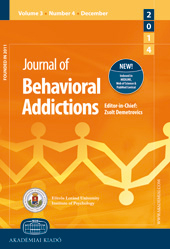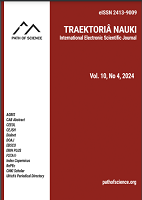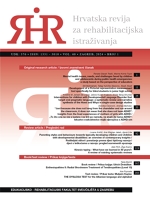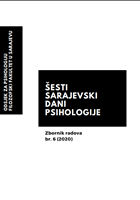EMOTIONAL CONTENT EXTRACTION AND COMPETITION FOR ATTENTIONAL RESOURCES IN HUMAN VISUAL CORTEX
In our visual environment, emotional stimuli play an important role. They provide pivotal information about potential danger or threat that trigger defensive actions, or, conversely, prompt approach behaviour when confronted with pleasant and appetitive stimuli. A long lasting debate revolves around the question as to whether emotional stimuli have the potential to attract attention involuntarily, and thus, bias attentional resources in their favour in order to gain preferential stimulus processing. Furthermore, it is not yet known to what extent that competition for processing resources relies on higher-order cognitive processes, such as the extraction of the emotional content of a certain image. In a series of four electrophysiological studies that we review here, we aimed to investigate to what degree attentional resource allocation towards emotional stimuli is linked to the higher-order process of emotional cue extraction. Our results strongly indicated that the speed at which emotional cue extraction can be performed influences the latency of the attentional resource bias in early visual cortex. Moreover, affective images are required to be displayed for sufficient time that allows for emotional content identification, in order to result in neural facilitation for emotional compared to neutral images in early visual areas of the human brain. The present findings open further insights into affective stimulus processing speed and highlight frequency tagging technique that allows extracting the so-called steady-state visual evoked potential as a powerful tool in investigating neural dynamics in visual cortex activity.
More...
